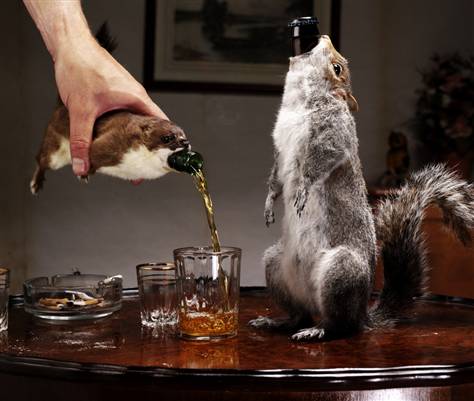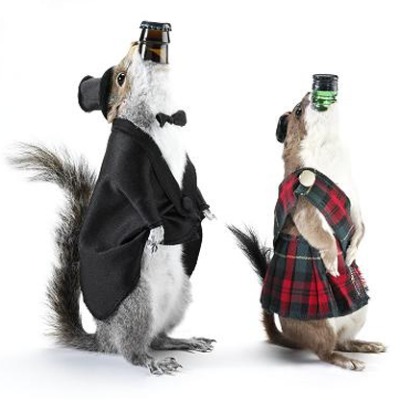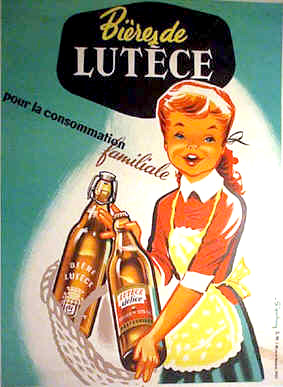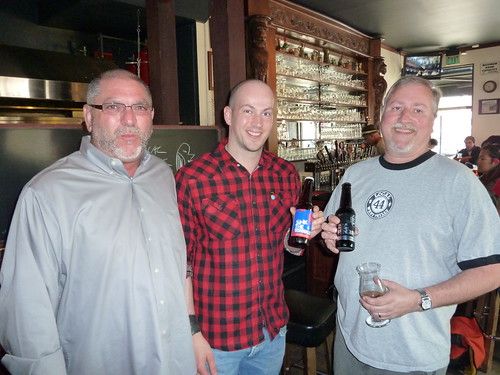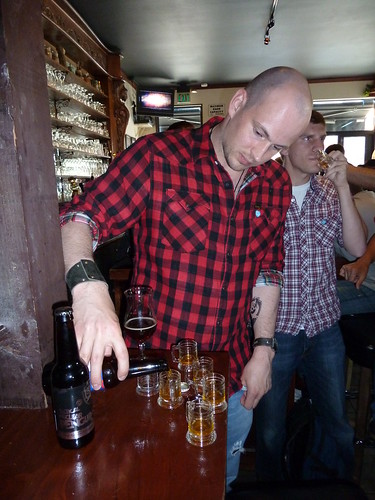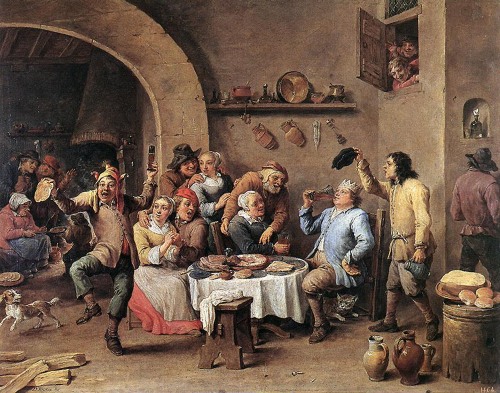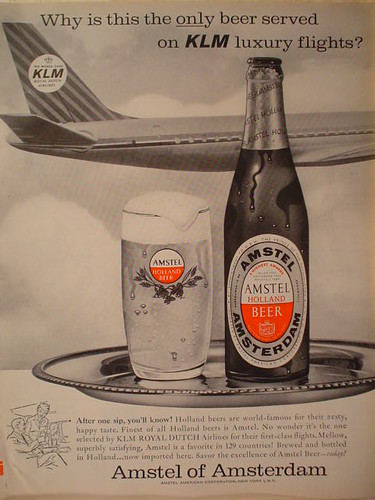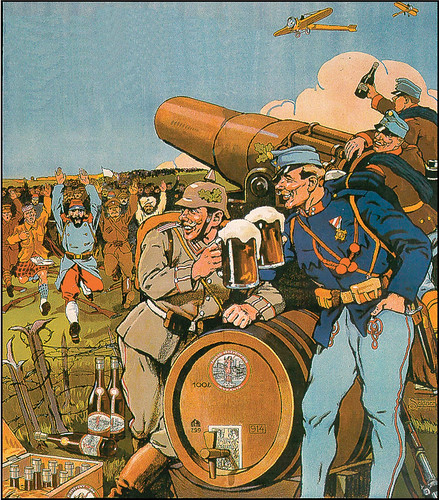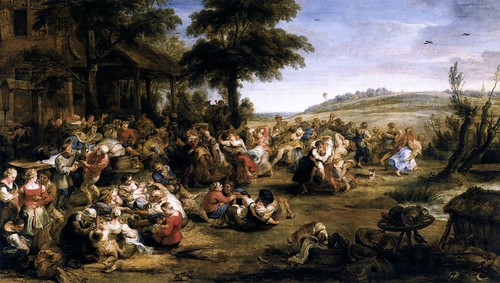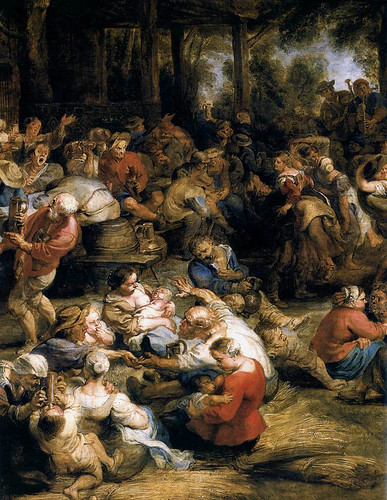
For a long while Europe has led the world in beer consumption by continent and also by nation since the EU has increased in economic prominence as a single entity. According to new data by Credit Suisse, China now leads the world in terms of beer consumption, growing at a pace of about 10% per year. The Economist has more details in All Pints East.



